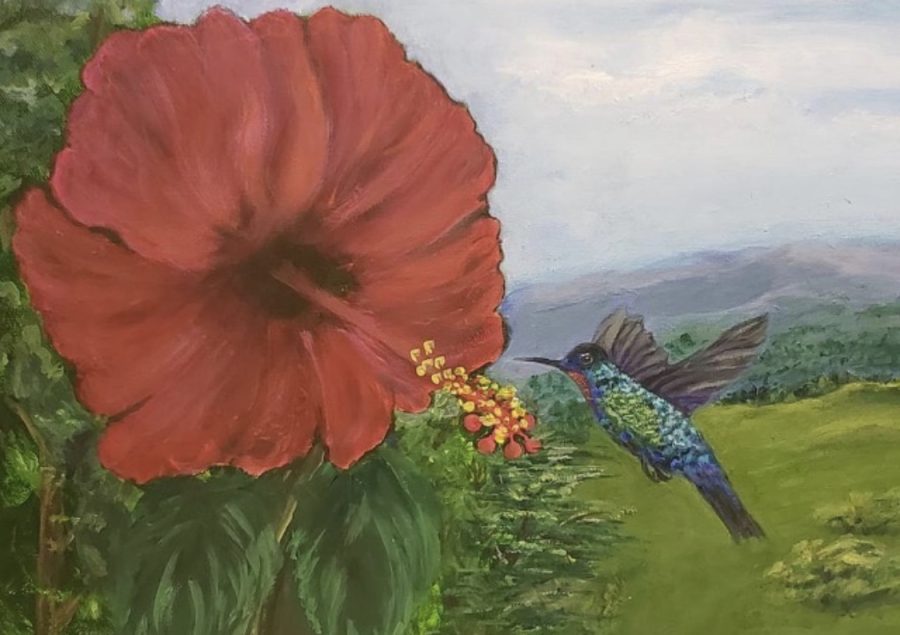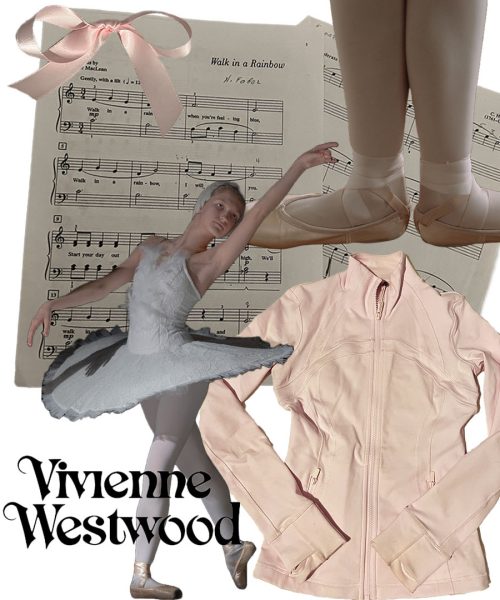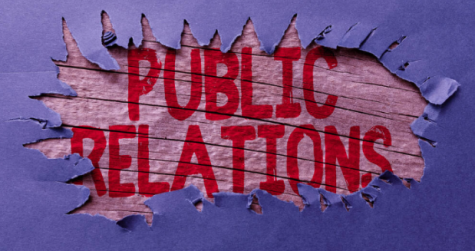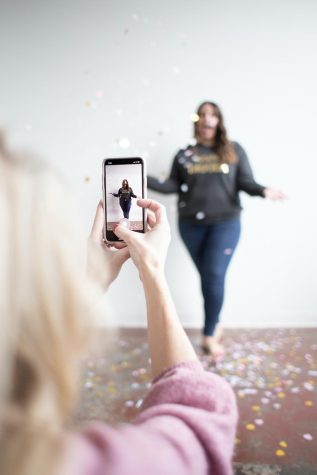More than a pretty picture; art improves mental, emotional health
All around the world, across different countries and distinct environments, art is used as a therapy to help mental health, self-esteem, and well-being.
“Art therapy is using different art strategies and techniques and methods to use them as tools to help stress levels and anxiety,” art teacher Kim Dion said.
Though used throughout history, art therapy was first classified in 1942 by British artist Adrian Hill, paving the way for art therapy worldwide. Hill constructed the first art therapy associations and helped a number of psychiatric patients find a way to express creativity in the mid-1900s through art therapy identification. Not only were patients affected, but also all types of people around the world found a newly recognized stress reliever.
“I would say [using art to relieve stress] makes me feel better; I mean it makes me feel calm and stuff. It gets rid of the stress that I had in my body, the anger, and I just feel like a better person just with art therapy,” junior Carrie Boone said.
Some types of art, including painting, drawing, and sculpting, are used as a gateway to personal growth and self-discovery, helping control addictions, and express emotions such as pure joy, outrage, and sorrow.
According to Adelphi Psych Medicine Clinic in Singapore, “It’s been widely studied and observed how art therapy is effective to treat trauma, abuse, grief, anxiety, and eating disorders,” and, “by working to bring the conscious, unconscious and subconscious into expressive and tangible forms, the creative processes involved in art therapy have been praised for their ability to encourage personal growth, mindfulness, and self-discovery.”
“[I feel] relaxed, not sad, [when I paint]. More painting, like, abstract painting helps when you’re not worried about what you’re making, not worried about what it looks [like], just worried about, you know, painting,” sophomore Juniper McGill said.
Other types of art therapy such as photography and finger painting can yield the same outcomes, enhancing memory, organization, and problem-solving. According to the University of Arizona, Global Campus, “Researchers liken creating art with exercise for the brain, and even suggest that similar to how physical exercise aids the body, creating art may help to keep the mind sharp and lucid well into old age.”
“[Art] does change my mood [because] it’s just the creativity, and also [art] clears my mind of the stress. Art therapy is very relaxing,” Boone said.
From Adrian Hill’s art therapy identification, art therapy associations, such as the American Art Therapy Associations and the British Association of Art Therapists, have developed. The particular associations are professional, nonprofit organizations that help the advancement of the art therapist profession. These therapists work in schools, hospitals, and private practices, helping their clients express themselves through art, according to Indeed.
“[An art therapist is] a therapist that includes art in their therapy. [One could be] an artist that teaches classes on painting and stuff,” McGill said.
Art therapists can be found locally, creating art in all kinds of locations and places while helping their clients through artistic abilities.
“You’ve got the little pottery places around now and [canvas-painting places]. Those kinds of places are out there now, and it introduces people and helps them achieve success,” Dion said. “The hope would be that [these place’s available art] would help people feel better and help their self esteem.”
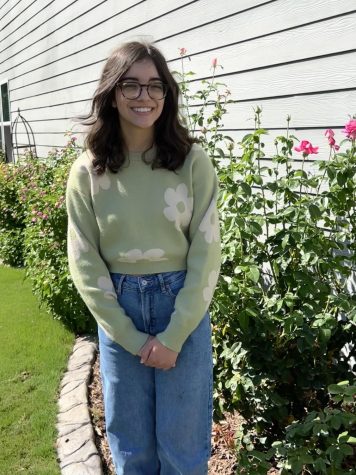
ELLA KELLOGG is a sophomore at SVHS who is spending her second time on staff this year as the NEWS EDITOR. She hopes to end up in a career field related...

